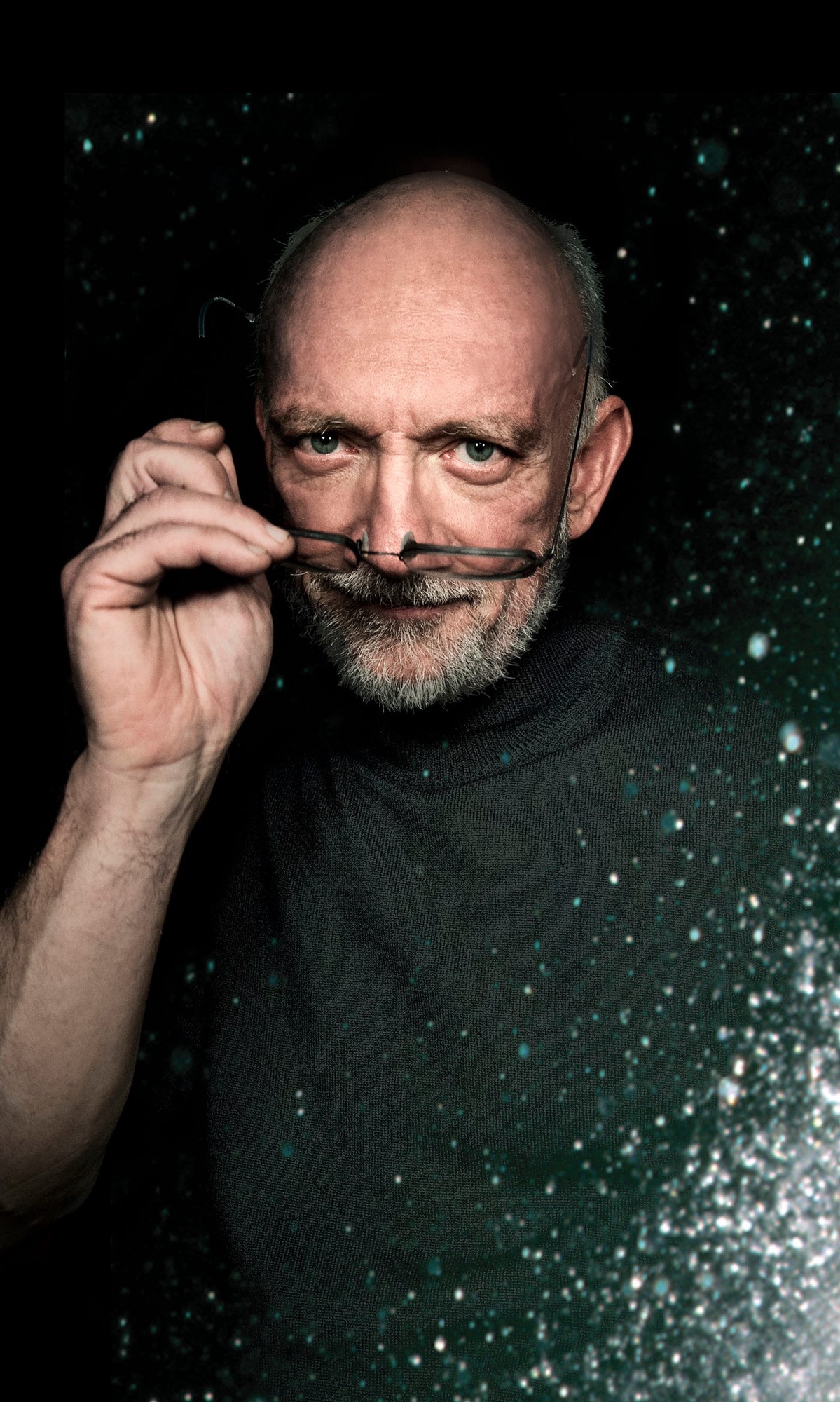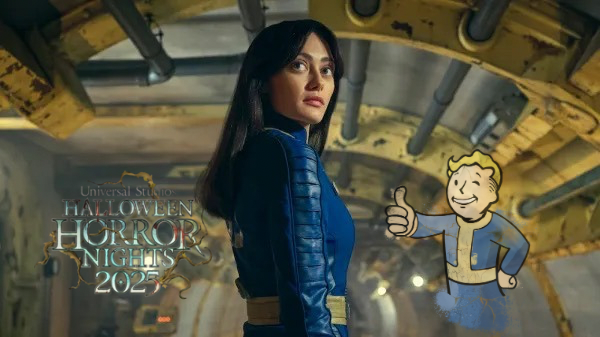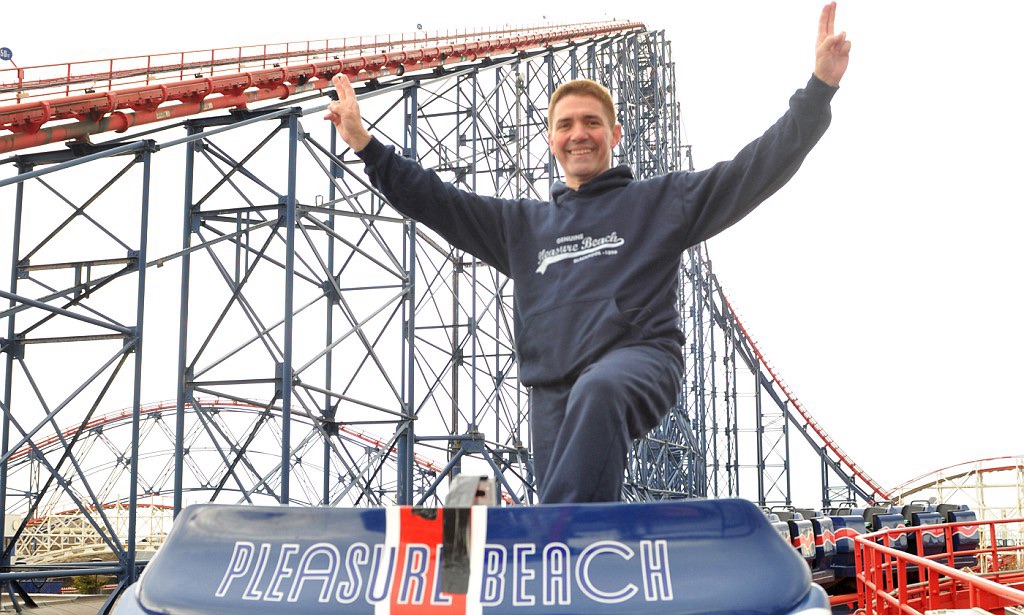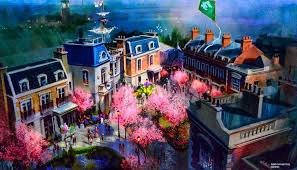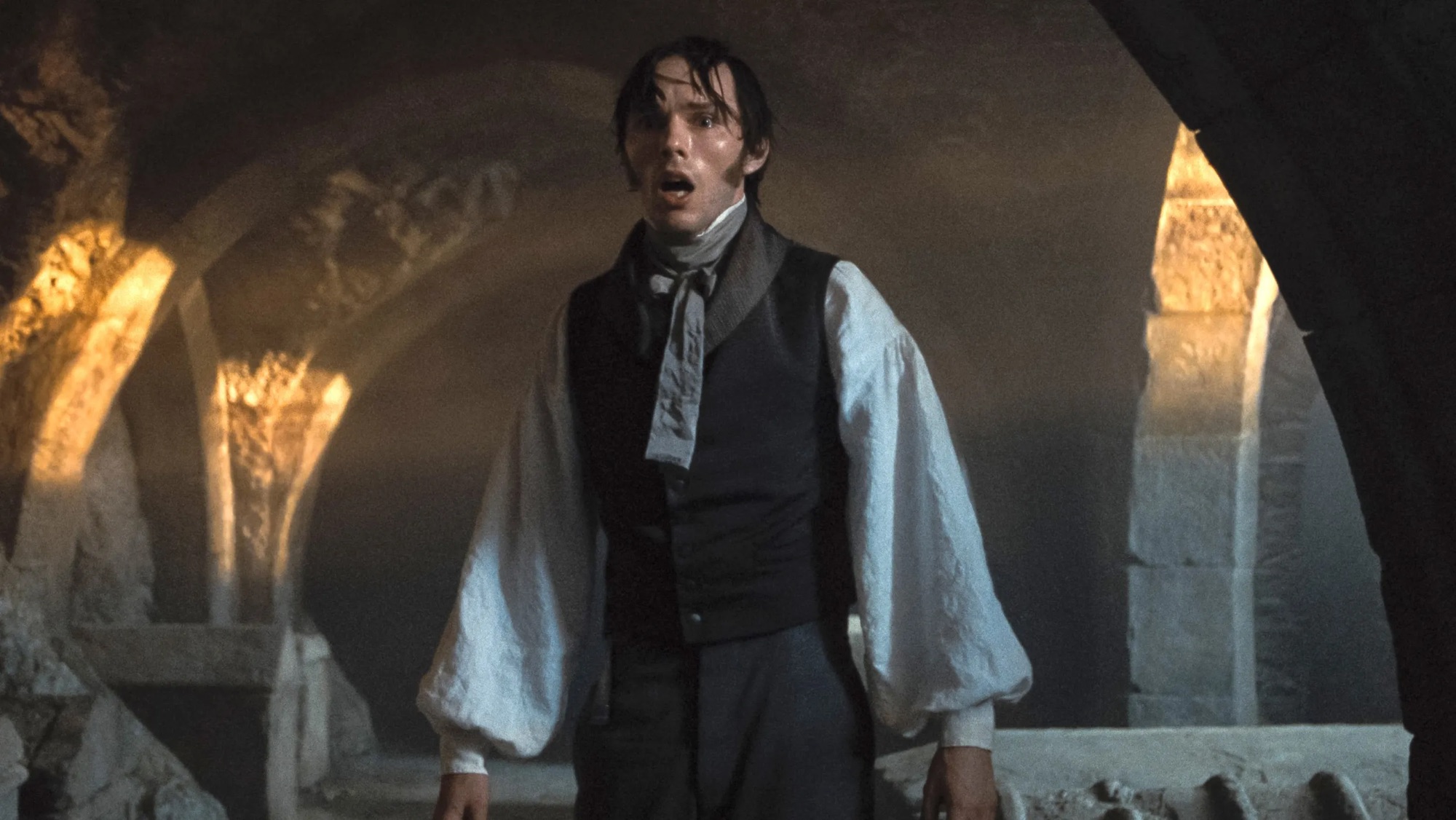WET Design is a water feature design firm based in Los Angeles, California. They’ve designed over two hundred features using water, fire, ice, fog, and lights. Some of their most well known shows include the Dubai Fountains in the United Arab Emirates, which is the world’s largest performing fountain, and the Fountains of Bellagio at the Bellagio Hotel and Casino in Las Vegas. But this very successful company got started with a much smaller fountain that can be found at Walt Disney World. Can you guess which one? Stick around and find out.
In the early 80’s, Disney was well on their way to building the many pavilions that would makeup Epcot Center at The Walt Disney World Resort in Florida. The sponsors of each pavilion wanted to feature cool and unusual things and be a showcase of modern innovation through what they called edutainment attractions. Kodak, who was the original sponsor of The Imagination Pavilion from it’s opening in 1982 to August of 2010, was no different. Kodak intended the area outside of the pavilion to be known as Imagination Gardens, which would feature interactive elements for guests to enjoy. The only thing that would ever be built as part of that project was the laminar flow fountains, more commonly referred to as the Leapfrog Fountains.
The Leapfrog Fountains were the creation of Mark Fuller, who later went on to found the famous Water Entertainment Technology Design company with two other ex-Imagineers, Melanie Simon and Alan Robinson. Mark Fuller grew up in a small town in Salt Lake City, Utah, in a conservative, modest family. He remembers himself as a young boy, visiting the local hamburger joint, getting a burger for fifteen cents, and considering it a treat. He sought inspiration from his grandfather, who was always inventing something, such as the table that they ate their hamburgers on in the back of their sedan. On one of his most memorable trips of his childhood was visiting Disneyland. While at the park, he fell in love with the idea of creating these wonderful worlds and a vision of what could be. After graduation Mark knew exactly what he wanted to do, he took his dream job as a Disney Imagineer.
The one thing I think we recognized right away was that Mark was willing to take a chance. He wasn’t afraid of trying something nobody else had done before.
Former President of Walt Disney Imagineering, Marty Sklar
Fuller had spent six years trying to get an interview with Imagineering and eventually succeeded in being interviewed by the legendary Imagineer Wathel Rogers, who was impressed by Fuller’s portfolio of work. Fuller’s first assignment after getting his master’s degree in Mechanical Engineering at Stanford in 1978 was to create something new and exciting for the upcoming opening of Epcot Center. Fuller worked with Bill Novey who was considered a Special Effects guru, with accomplishments such as the first use of holograms and vector-scanning laser projections in a theme park, and developing the first ever motion-simulator in a museum. When talking about Fuller, former President of Walt Disney Imagineering, Marty Sklar, said “The one thing I think we recognized right away was that Mark was willing to take a chance. He wasn’t afraid of trying something nobody else had done before.”
During his studies at Stanford, Fuller had experimented with laminar flow technology. In fluid dynamics, laminar flow is characterized by “fluid particles following smooth paths in layers, with each layer moving smoothly past the adjacent layers with little or no mixing.” Unlike water flowing from a household faucet where molecules bounce haphazardly around in different directions, in laminar flow, the molecules are channeled in one direction under equal, steady pressure. The stream of water that is produced by laminar flow can appear stationary or solid, like a clear tube, from a distance. By the time he arrived at Walt Disney Imagineering, Mark Fuller was already very skilled in making a perfect tube of water flow through the air. Fuller had already built the world’s first permanent laminar fountain in Salt Lake City as part of his thesis and had won an award for it from the American Institute of Architects.
While working with other Walt Disney Imagineering staff, including Tony Baxter, he engineered a way to make the water jump and turn on and off, using laminar flow with added valves and programming so it looked like the water was randomly leaping from basin to basin.
The challenges that they faced included making the streams high enough and far enough apart for people to pass underneath them and to control the water splash when the stream landed.
Quite ironically, for an attraction that has delighted guests of all ages for almost four decades, Disney leadership was not initially impressed with the idea of a laminar flow water feature. However, Disney Show Producer Barry Braverman decided to take a chance since Kodak was adamant that they wanted the area to have a whimsical personality along with the original idea of the Imagination Gardens. With the opening of Epcot right around the corner by the time the project was given the go ahead, Fuller made a push to have the fountain ready for opening day, and on one stretch of time, he did not sleep for four days. In the end, the team’s hard work paid off. The Leapfrog Fountains were an immediate success with guests. Fuller’s approach seemed to transform ordinary water into a living character much like in the classic Disney animated films.
He went on to create many more water experiences such as the “upside down” waterfall near the Imagination Pavilion and the “popjet” fountains that would unexpectedly spout up streams of water from the pavement.
After working for Imagineering for five years, Fuller joined together with a few other Imagineers to establish WET Design, where he wouldn’t feel so constrained on what he envisioned he might be able to accomplish with water.

Mark Fuller says, “Here at WET, we create experiences that bring people together. Fountains have always been a connecting draw, a magnet if you will, for people. What we work at really, really hard is making what we do seem really, really not hard. If you stand at the rail of the Bellagio, you don’t see nosels sticking up or any of the tell-tale signs. You see a beautiful placid lake and then all of a sudden the show materializes, transforms, and transfixes you and then completely disappears.”
With WET Design, Mark and his teammates helped bring to life not only the Dubai Fountain and the Fountains of Bellagio, but also to other amazing features such as the Waters of Olympic Park in Russia, the Mirage Volcano in Las Vegas, the HSBC Rain Vortex in Singapore, and the 2020 Dubai Expo Water Feature in Dubai.
In March 2010, Fuller was presented with the Themed Entertainment Association Lifetime Achievement Award, and while he was not been an Imagineer for decades, his work for Epcot and Disney still continue to enchant and amuse with the same sense of wonder as when they first opened.
When he was asked if there was a particular quote of inspiration that stuck with him, he pointed towards the famous “Here’s to the Crazy Ones” quote by Steve Jobs. To paraphrase, Steve Jobs said, “Here’s to the crazy ones. Because they change things. They push the human race forward. And while some may see them as the crazy ones, we see genius. Because the people who are crazy enough to think they can change the world, are the ones who do.”
Regarding this quote, Mark Fuller went on to say, “I like to do things that change the world, that affect people. When people see the work we do, I want to make them feel something cry, stand in silence, and view water as a driving force. With our most recent feature for the Expo Dubai 2020, we are bringing together some 25 million plus people from around the world, creating a fantastic place.”
In his TEDx talk about integration, Mark Fuller says, “Well, in trying to think how maybe we can use water to demonstrate integration, what’s the most opposite thing in the world we can think of from water? I’d have to say that’s fire. I mean, water and fire, they’ve been arch enemies since the second day of creation, right? So let’s see if we can integrate them.” Mark then proceeds to demonstrate a water fountain with a blaze of fire coming up through it. He reaches out and runs his hand through it to the surprise of the audience.
Mark Fuller continues, “Now, as you look at this, I want you to think of just one thing. We’ve all seen, all of us, water and fire a gazillion times, right? I mean, every single day of our lives. In fact, we’ve seen them so much that when we look at them, we don’t really even see them anymore. But I’m betting that when you see this here, you’re seeing that water and that fire as though it were for the first time. As though it were through the eyes of a child.”
While summarizing his demonstration at TEDx, Mark ends by saying, “If we can learn to transform our instincts so that we seek, not avoid, that which is strange and opposite. If we can learn to crave differences, not fear them. If we can integrate at the smallest level with everything and every thought in every aspect of our lives. If we can infuse our spirits with integration in the same way that that fire infused that water. Then the world will know no limits to the magic that we can produce. Thank you.”
That wraps up our very first episode of We Love Attractions. To learn more about Laminar Flow, Mark Fuller, or WET Design, check out the citations below. If you’ve been here a while, you might have noticed that this isn’t the usual type of video that we put together. So I wanted to address the fact that we’re going to be changing things up a bit on the We Love Attractions YouTube Channel. For as long as I can remember, I have always been interested in the history behind the attractions that all of us love to visit. I consider myself truly lucky to have worked for some great companies in the Themed Entertainment industry and I thought that it would be interesting to start sharing the stories that have been passed down to me and hopefully inspire many more people to enter the industry that I love. By bringing light to the many options that people have to work in Themed Entertainment, I hope that I can open the door up to the industry and help people see Themed Entertainment more clearly.
If you are at all interested in following along with our journey here at We Love Attractions, please give a thumbs up for the video above, and subscribe to We Love Attractions on YouTube by clicking here. Thank you so much for being here and I will see you in the next episode of We Love Attractions.
Works Cited
- Streeter, V.L. (1951-1966) Fluid Mechanics, Section 3.3 (4th edition). McGraw-Hill.
- FastCompany, director. WET Has Created Some Of The World’s Most Iconic Fountains. YouTube, YouTube, 21 June 2017, https://www.youtube.com/watch?v=egy2vPXcj6k.
- TEDxTalks, director. Mark Fuller – Design DisIntegration. YouTube, YouTube, 20 June 2011, https://www.youtube.com/watch?v=6q4hM6ZbKWA.

